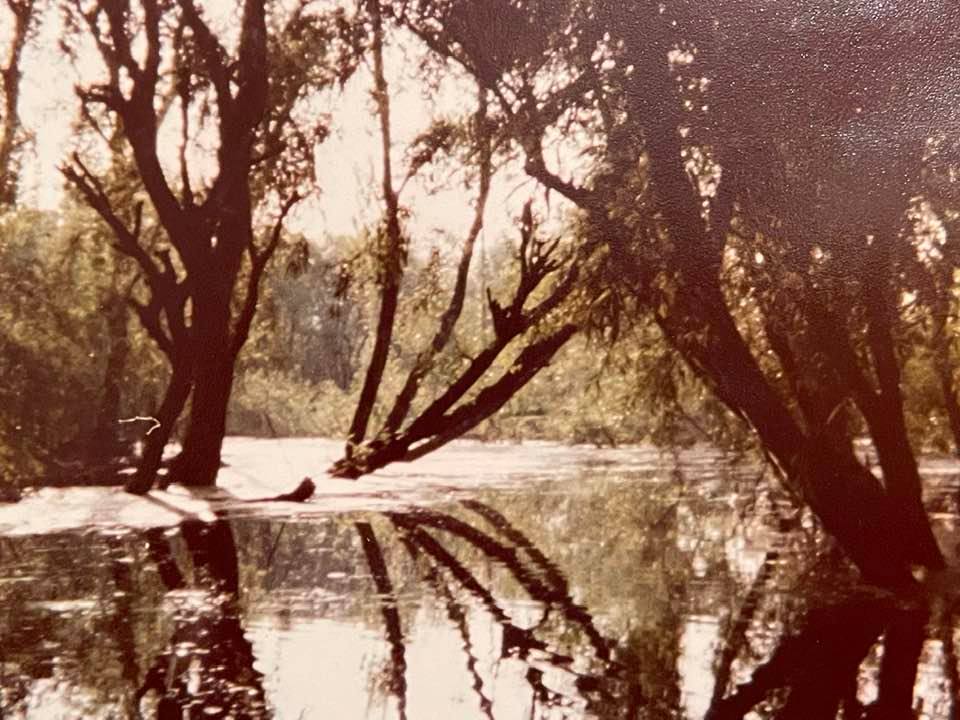FEBRUARY 24, 2022 – Blogger’s note: As the dedicated reader will observe, this series (and previous posts about the Grand Odyssey) quotes at length from letters home. This feature should not be mistaken for torpidity. The extended verbatim extracts are used to provide a contemporaneous, and therefore, immediate and accurate account of my experience. If a picture is worth 1,000 words, given my dearth of (Instamatic) photos, then a detailed, contemporaneous letter is worth . . . 500 words per post.
(Cont.) The letter home continued:
Because of ignorance and poverty, a human being before my very eyes sat in horrific agony and waited for the unthinkable. I thought of the money-grabbing merchants only a few hundred yards away; of the foreign tourists (myself included) who, by local standards, had spent fortunes to visit Kashmir and even greater sums to acquire fine carpets, jewels, and embroidered silk[.]
“Who’s the girl’s father?” I asked Manzoor.
“This man.” He pointed to a proud but impoverished individual.
“Ask him if he will go with us to the doctor.”
In the letter, I reflected on my actions:
At this point I had to reconcile my Western [ways] with the values of this Muslim family. Would I be resented? Would my initiative be considered an insult to a man who, for lack of money and knowledge had allowed his daughter to suffer so? Also, in the Islamic world of Kashmir, particularly among the religious-poor, daughters are a [. . .] liability, for a dowry must be given for marriage. Moreover, Muslim women are rarely touched or even acknowledged by men in public. Was I, then, helping preserve a ‘liability’? Was I defying Muslim mores? [. . .] Ultimately, I concluded that since pain and suffering know no cultural or racial limits, so must the relief of misery be free of ‘artificial’ barriers.
My letter home continued the narrative:
With father and daughter aboard, we paddled post-haste for [. . .] the doctor. Manzoor had informed us that the closest trained physician lived just opposite one of the shikara ghats 10 minutes away. Upon landing, we marched straight to the clinic [an imposing, Tudor-style house], only to discover that the elderly, “British trained” doctor didn’t deal with such injuries, and that in any case, he didn’t have the proper “instruments.” [Standing in his doorway,] he barely glanced at the girl’s raw hand. I wanted to spit in the old man’s face, but he wasn’t worth my saliva.
“Where now?” I asked Manzoor.
“I know another doctor half a mile from here,” said Manzoor.
“Let’s grab a taxi!” We all piled into a cab and beeped our way down a series of narrow streets jammed with dogs, cows, hucksters, and women in burqas. Eventually we stopped outside a small, dilapidated shop called “Medical Store.”
The anteroom was dark and dirty, and on the shelves stood an odd assortment of old, dusty medicine bottles. In a backroom we found the “doctor” dressing a facial suffered by a middle-aged Kashmiri woman. About 15 other people, all women and children, crowded the dirty room.
We watched the “doctor” perform, and he worked with impressive skill. His methods were as antiseptic as one could expect [in that environment]. Whether he was a bona-fide physician seemed immaterial at this point. He was the best we could find. The 50-[something] man spoke a word or two of English, and it took little explanation for him to see why we’d come. He bypassed the other waiting patients and directed our patient to lie on the examining table.
(Remember to subscribe to this blog and receive notifications of new posts by email.)
© 2022 by Eric Nilsson
